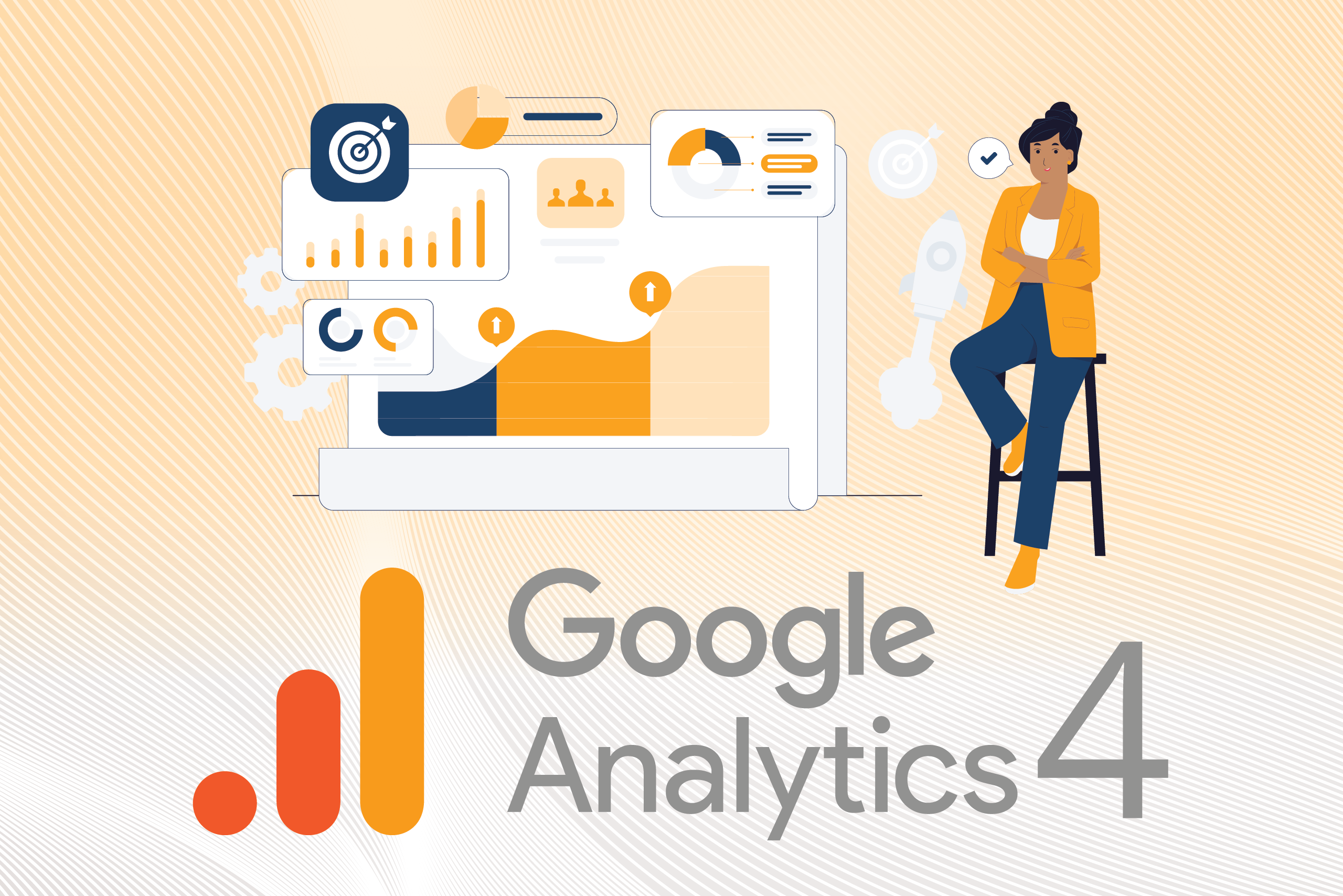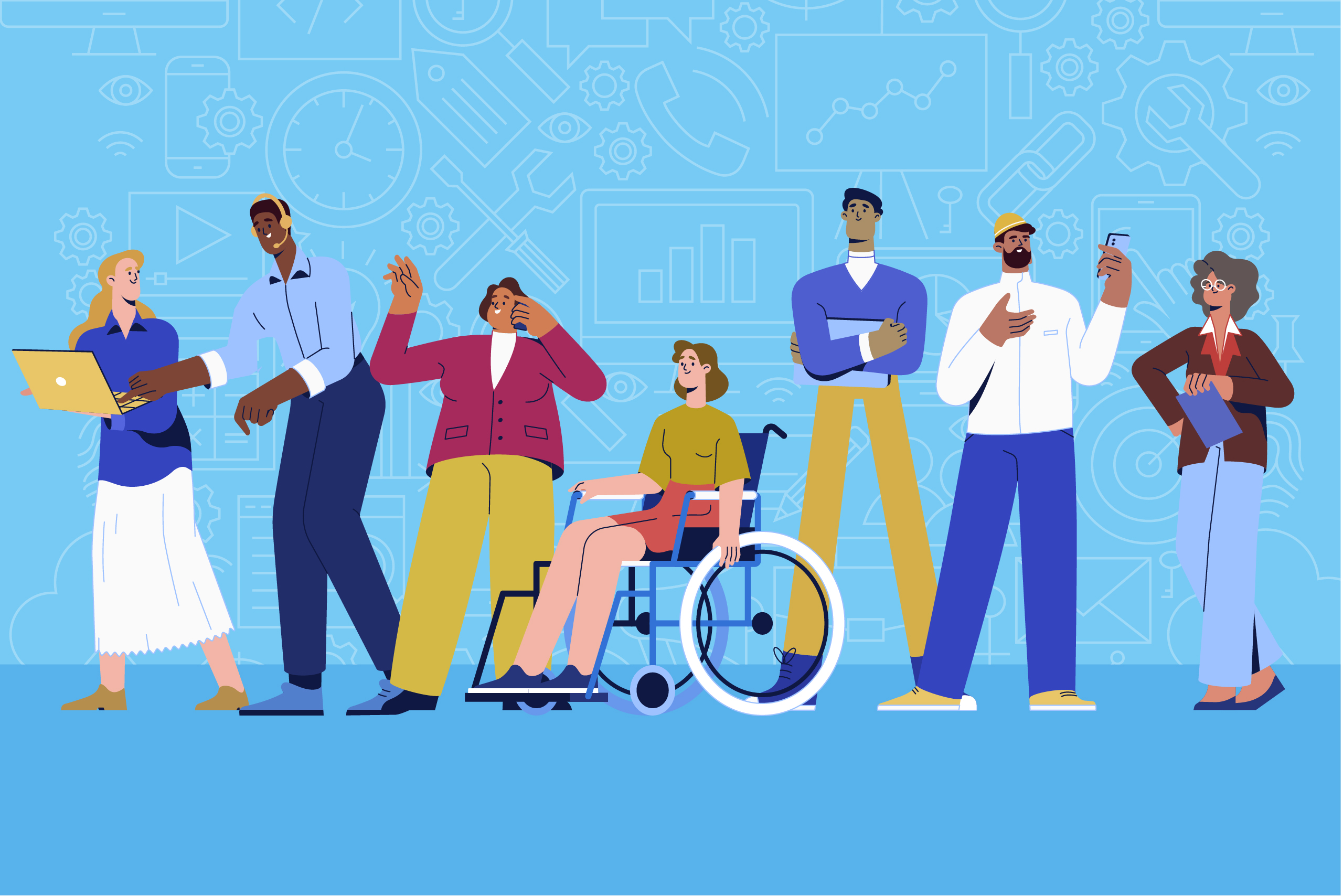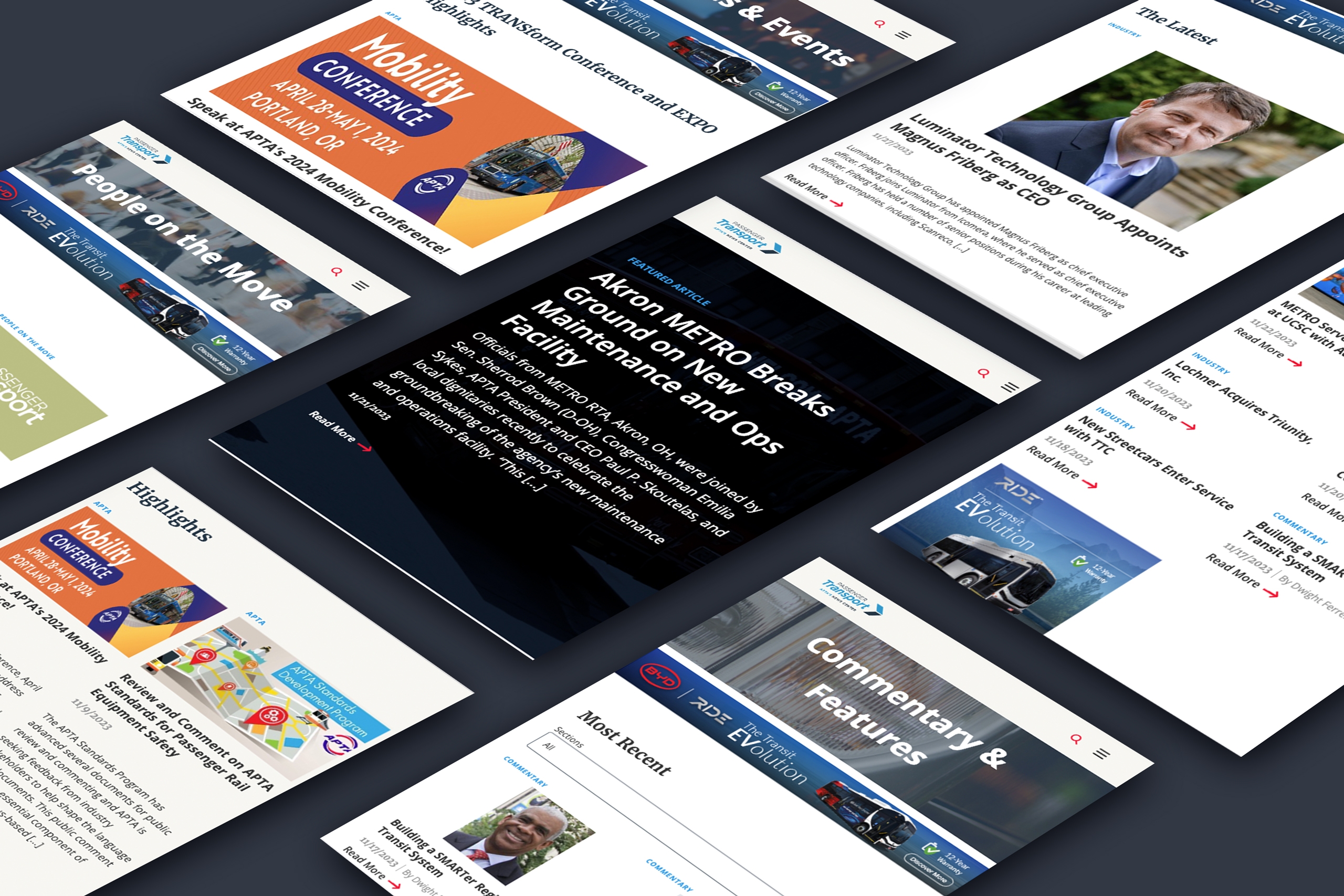By ygsadmin | June 20, 2018
Digital marketing strategies have been top-of-mind for a lot of consumers lately. Google just nixed pop-ups (including ads), Chrome got rid of auto-play and Cambridge Analytica’s discovered actions with Facebook users’ data ignited a global debate about privacy. 2018 has seen consumers—and businesses, by extension—questioning digital advertising in a way that might make you think the latest digital marketing trends are closer to mind control than a business approach. So, how do businesses connect consumers and clients in a way that actually reaches their intended viewers in 2018 without scaring off business? Below we dive into some digital marketing and advertising trends that have already been working wonders with our marketing agency in the new frontier of marketing and advertising in 2018.
Omni-channel Marketing
Omni-channel marketing is simply planning a buying experience for the modern consumer across multiple mediums—the way most consumers find it convenient to shop in 2018. It’s an experience that looks something like this: customer is introduced to product, usually via visual media (TV, YouTube, Facebook, etc.); customer researches product using desktop/laptop device; customer orders product on mobile device, customer has product waiting at brick-and-mortar store for pick-up. For instance, the office supply retailer Staples recently created an omni-channel strategy they refer to as BOPIS (buy online, pick up in store). The strategy allows their customers to shop on their mobile or desktop devices, purchase any item available in a store near them, choose to pay online or in-store, and then guarantee to pick up the product in a brick-and-mortar store as early as an hour from placing the order.
That harmonious transition the customer makes between desktop, mobile and their in-store experience isn’t something for marketers and agencies to steer customers away from and into a more singular platform of buying. Although past trends have seen businesses meeting customers on a single platform to begin and end a purchase all in one place via the same medium, recent years have shown that the today’s customer isn’t planning on ditching their mobile device, laptop or brick-and-mortar stores for a single platform just yet.
Chatbots
WhatsApp, LINE, WeChat, Telegram and Facebook Messenger are already outpacing, or quickly catching up to, the world’s biggest social networks. So, it makes sense that advertisers and digital marketing strategists are focusing their attention away from Facebook’s home page and sliding into your standalone DM (direct messaging) apps.
Customer service agents were recently introduced to Facebook’s standalone messaging platform, “Messenger.” In the first six months after Messenger was launched, there were approximately 30,000 chatbots connecting directly with consumers to do everything from solving customer service-related matters to suggesting and ordering Ubers for users, and even booking travel plans via Aeromexico and Expedia’s own chatbots.
Outstream Videos
If you’ve ever read an article on the internet, chances are you’ve seen an outstream video ad. Now that Google has narrowed the tools available to marketers and advertisers on their web browser, Chrome, utilizing outstream video in desktop web browsers has really been rising. As explained by AppNexus, outstream video, sometimes referred to as “in-read” or “native video,” is “a new video advertising unit that autoplays in a large format player whenever a user navigates to it within text content—even if the publisher doesn’t have their own video content.”
Since users can’t typically interact with outstream videos by clicking on them or engaging in the traditional sense, outstream video advertising ROI is difficult to track. Users simply pass by the video and watch the ad like a commercial intermission between paragraphs in an article. But, advertisers need not worry about whether their video ad is actually able to be seen when using outstream video, as was the problem with pop-ups and banner videos. Outstream videos only play when they are 100 percent viewable. When the user scrolls past the ad, the video pauses until the user brings the ad back into full-view.
Geofencing
Virtually all mobile devices used by consumers on a daily basis (i.e. cell phones, laptops, tablets, smart watches, etc.) are tracking and sharing the consumer’s location. This provides a new opportunity for digital marketers and advertisers by way of geofencing. Those using geofencing to market and advertise are able to capture the attention of mobile consumers near their business. This trend has been especially popular at trade events and publicized meetings where known thought leaders are flocking around a similar location and inevitably using their mobile devices.
Want to learn more about what our digital marketing and strategy teams can do for your company? Contact jack.davidson@theYGSgroup.com for more information and insight, and as always, check back in for insights into the latest and greatest happenings in the marketing and advertising industry!
Related Posts

Gain Invaluable Insights Into Your Audience With Google Analytics 4

Accessibility, Usability, and Your Members’ Digital Content Experience
